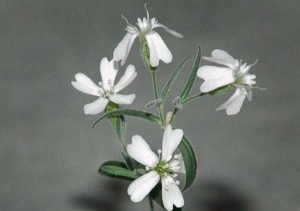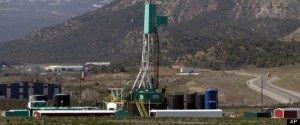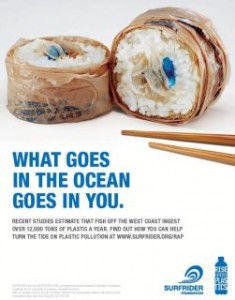
From our friends at Living Green Magazine
Experts say that the most successful New Year’s resolutions are those where an action is practiced regularly to achieve an important goal. What could be a more important resolution than to make your life (even) greener and reduce your impact on the environment.
Here are six simple actions you can take for a greener 2012.
Educate yourself about the environmental concerns important to you. Pick one environmental topic you want to know more about (climate change, renewable energy, organic food, etc.), and make a commitment to educate yourself about that topic. Start reading books on the subject that you find at your local library, or go to your local bookseller for books. Search for nonprofit organizations and green news sites that provide information on your topic.
Use your knowledge to get involved. Contact your elected officials when an environmental issue will affect you or your community. Join the local chapter of a nonprofit organization that works on your area of concern and help them be successful.
Eat healthy, with less meat and sugar, and more fruits and vegetables. I’m not just talking about the usual January resolutions to lose weight. I’m talking about developing new healthy habits and eating more vegetarian. Have you tried meatless days, using beans and rice for your protein? How can you add more fruits and veggies to your meals?
Reducing your meat consumption has a positive effect on the environment, and for the animals too. Livestock production accounts for nearly 20 percent of all human-caused greenhouse gas emissions, and about 25 percent of all global water used in agriculture. Websites such as Meatless Monday and Eating Well offer numerous vegetarian recipes that are healthy for you and the environment. (To see some of our recent vegetarian articles and recipes, visit LG’s Food & Health Section.)
Go on a low-carbon diet and cut your energy use. We each have to take personal responsibility for the energy we use each day—and the estimated 20 tons per year of carbon dioxide we generate daily. Replacing your light bulbs is a start. Rethink the use of your car(s), make public transportation more of a daily feature in your life, and walk whenever possible. Insulate and caulk your home to cut heating and cooling bills, and turn out the lights around your home and business.
Continue reading... →






